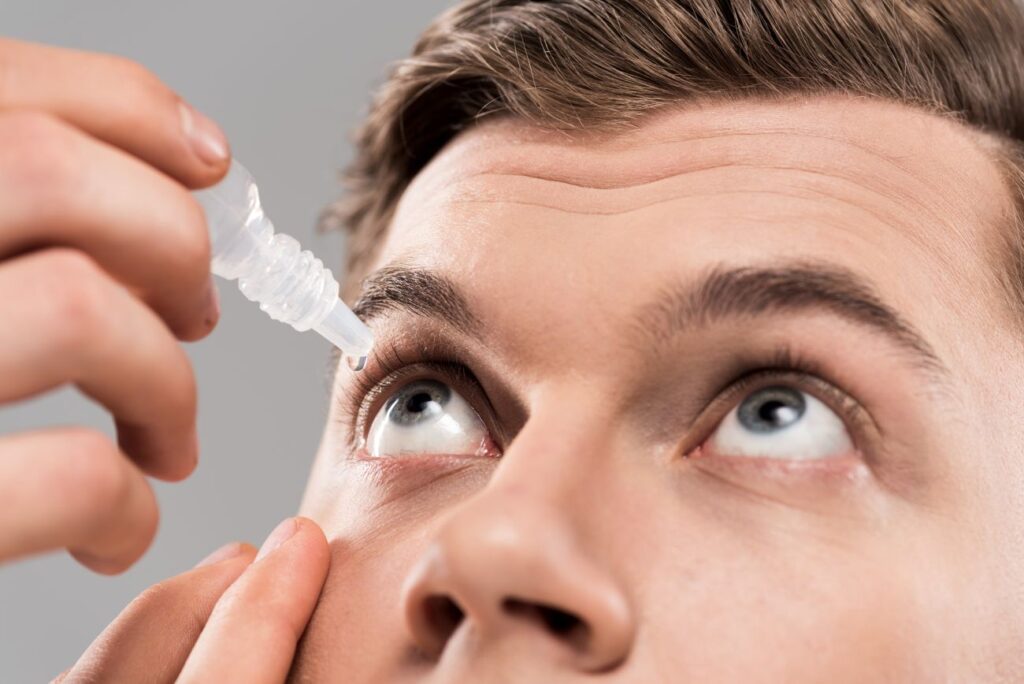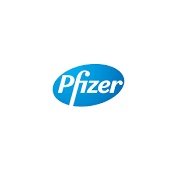Best Eye Drops for Allergies: Clear Vision Without the Itch
If you’ve ever experienced itchy, red, watery eyes due to seasonal allergies or indoor allergens like pet dander and dust, you know just how uncomfortable it can be. These symptoms are typically a result of allergic conjunctivitis, an inflammation of the eye’s surface triggered by an overreaction to allergens. While oral antihistamines help some people, the most effective and targeted solution often comes from using the best eye drops for allergies.
In this guide, we’ll walk you through how allergy eye drops work, the types available, and how to choose the best one for your needs.

Understanding Allergy Eye Drops
Eye drops for allergies are specially formulated to relieve ocular symptoms caused by allergens such as pollen, dust mites, mould spores, and pet hair. When allergens come into contact with the eyes, they can cause irritation due to the body’s immune response — particularly the release of histamine.
To counter this, allergy eye drops typically fall into several categories:
- Antihistamine eye drops – Provide fast relief by blocking the histamine response.
- Mast cell stabilisers – Prevent histamine from being released in the first place.
- Combination drops – Combine antihistamines with mast cell stabilisers for dual action.
- Lubricating (artificial tears) – Help flush allergens out and soothe irritation.
- Steroid eye drops – Used for severe allergic reactions (usually prescription-only).
Best Eye Drops for Allergies: Top Picks in the UK
1. Opticrom Allergy Eye Drops – Best for Prevention
Opticrom Allergy Eye Drops contain sodium cromoglicate, a mast cell stabilizer that prevents histamine release. While they don’t provide immediate relief, they are ideal for people who suffer from chronic or seasonal allergies and want to stop symptoms before they start.
- Best for: Long-term prevention of eye allergy symptoms.
- Suitable for: Adults and children over 6 years old.
- How to use: Typically applied four times daily.
For best results, start using them a few days before the allergy season kicks in.
2. Otrivine Antistin – Best Fast-Acting Antihistamine Eye Drops
If you need immediate relief from itchy or red eyes, Otrivine Antistin is a top choice. These eye drops combine an antihistamine (antazoline) with a decongestant (xylometazoline), offering fast and visible results.
- Best for: Sudden flare-ups of eye allergies.
- Suitable for: Adults and children over 12.
- How to use: One or two drops into each eye, up to four times a day.
Note: Otrivine Antistin is not suitable for contact lens wearers while in usenon prescription medici….
How to Choose the Right Eye Drops
1. Identify Your Symptoms and Triggers
The best eye drops for allergies often depend on your specific symptoms and what triggers them. If your allergies are seasonal (like hay fever), antihistamines may be enough. But for long-term management or indoor allergens (like dust or pet dander), a mast cell stabilizer or a combination drop might work better.
If you experience general dryness along with allergies, lubricating eye drops like Fusion Allergy Eye Drops or preservative-free ampoules can offer soothing relief and help wash out irritants.
2. Contact Lens Compatibility
Not all eye drops are safe to use with contact lenses. If you wear contacts, look for drops specifically marked “suitable for contact lenses” or remove your lenses before applying and wait at least 15 minutes before reinserting them.
Products like Fusion Allergy Day & Night Gel and Pollenase Itchy Eye Drops are examples of allergy eye drops designed for people who wear lensesnon prescription medici….
Tips for Using Eye Drops Safely and Effectively
To get the most out of your eye drops:
- Wash your hands before applying.
- Avoid touching the dropper tip to your eye or any surface to keep it sterile.
- Apply the drops to the lower eyelid pocket while tilting your head back.
- Use drops at regular intervals as directed, and don’t exceed the recommended dose.
- Store the bottle properly and check the expiry date.
If symptoms persist after regular use or become more severe, consult your GP or an optician. You may need prescription-strength treatments or an allergy test to identify underlying triggers.
Finding the best eye drops for allergies can significantly improve your quality of life during allergy season or when facing indoor allergens. Whether you need quick symptom relief or want to prevent future flare-ups, there are multiple types of drops available to suit your needs.
From fast-acting antihistamines like Otrivine Antistin to preventive solutions like Opticrom, the right eye drops can restore your comfort, reduce irritation, and help you see the world more clearly — without the itch.












